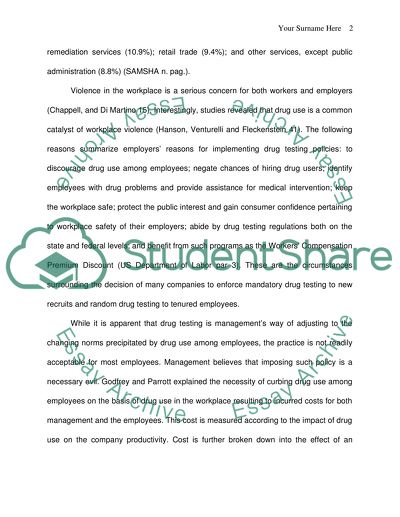Cite this document
(“Is Workplace Drug Testing a Wise Corporate Policy Research Paper”, n.d.)
Retrieved from https://studentshare.org/family-consumer-science/1408389-is-workplace-drug-testing-a-wise-corporate-policy
Retrieved from https://studentshare.org/family-consumer-science/1408389-is-workplace-drug-testing-a-wise-corporate-policy
(Is Workplace Drug Testing a Wise Corporate Policy Research Paper)
https://studentshare.org/family-consumer-science/1408389-is-workplace-drug-testing-a-wise-corporate-policy.
https://studentshare.org/family-consumer-science/1408389-is-workplace-drug-testing-a-wise-corporate-policy.
“Is Workplace Drug Testing a Wise Corporate Policy Research Paper”, n.d. https://studentshare.org/family-consumer-science/1408389-is-workplace-drug-testing-a-wise-corporate-policy.


